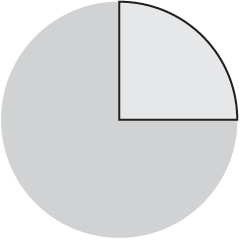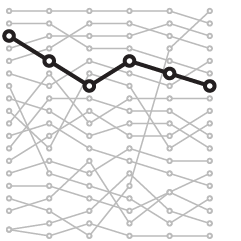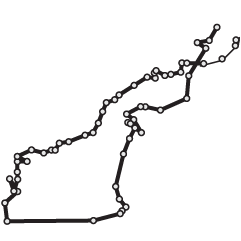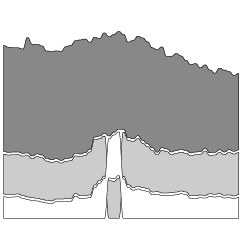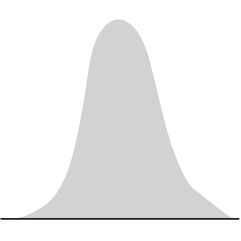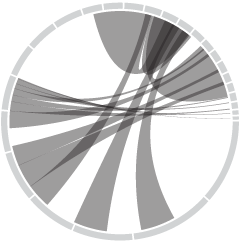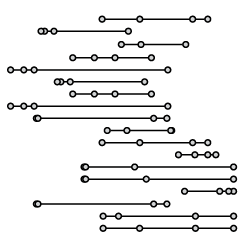Emily Robinson gives advice on applying for a data science job (that you can likely generalize for most tech jobs). For example:
If you have a GitHub, pin the repos you want people to see and add READMEs that explain what the project is. I also strongly recommend creating a blog to write about data science, whether it’s projects you’ve worked on, an explanation of a machine learning method, or a summary of a conference you attended.
This is especially true for visualization-heavy jobs. It doesn’t have to be GitHub. You just need a place where others can see your collection of work, so that they can see if it aligns with what they’re looking for. Plus it lets you show off your best stuff.
And this:
Rather than applying to every type of data science job you find, think about where you want to specialize. A distinction I’ve found helpful when thinking of my own career and looking at jobs is the Type A vs. Type B data scientist. “A” stands for analysis: type A data scientists have strong statistics skill and the ability to work with messy data and communicate results. “B” stands for build: type B data scientists have very strong coding skills, maybe have a background in software engineering, and focus on putting machine learning models, such as recommendation systems, into production.
I’ve never formally interviewed for a data science job, and the last job I interviewed for was back in college I think. So I’m one of the worst people to ask about this stuff, but this seems like good advice.

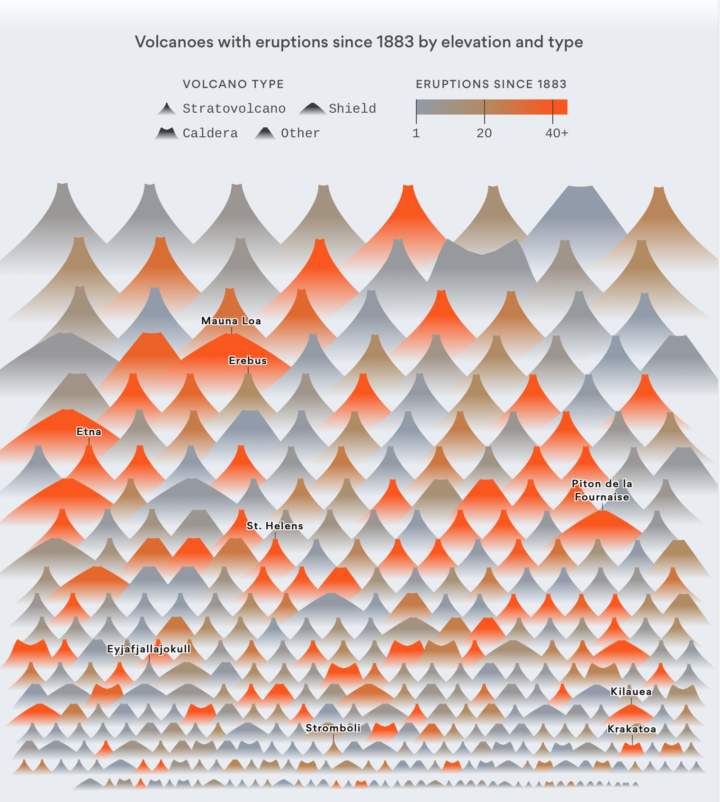


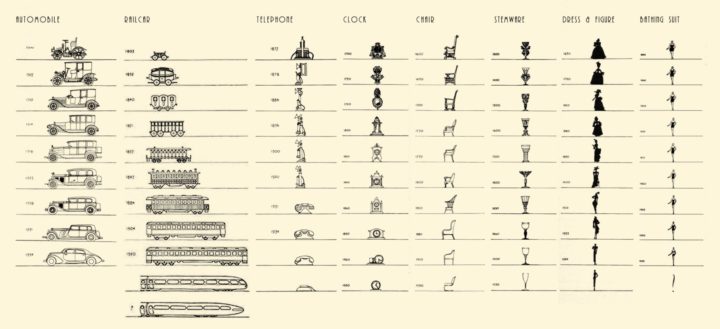
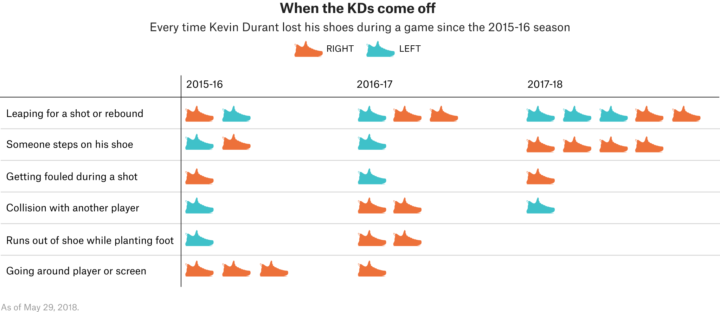

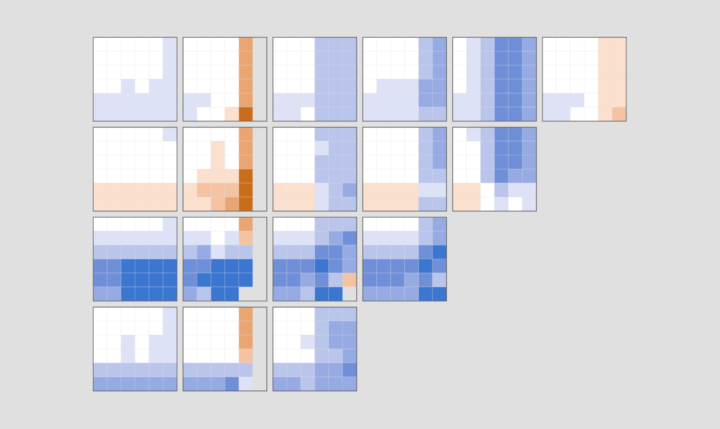
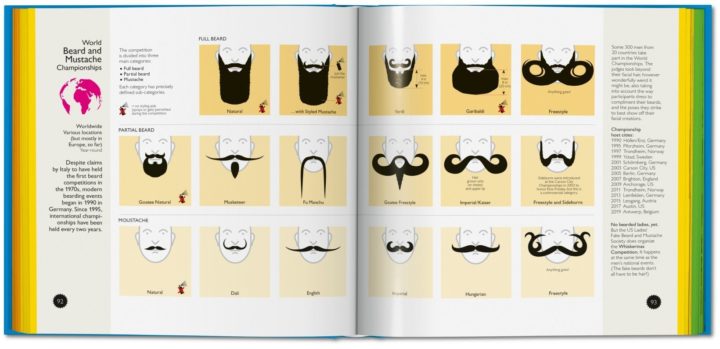
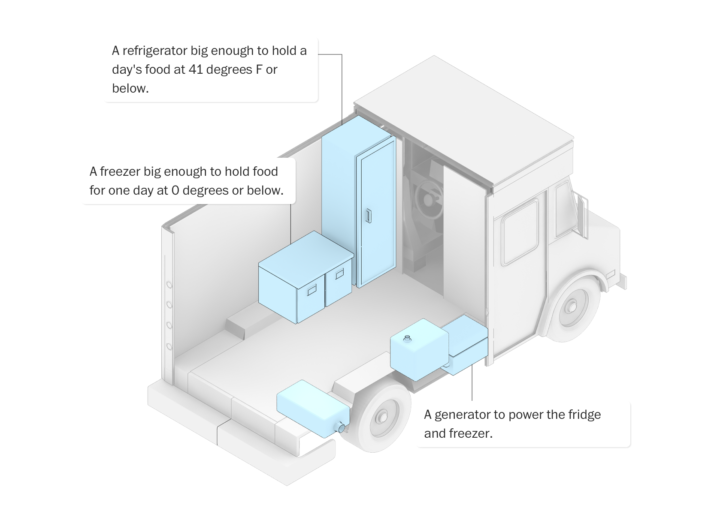
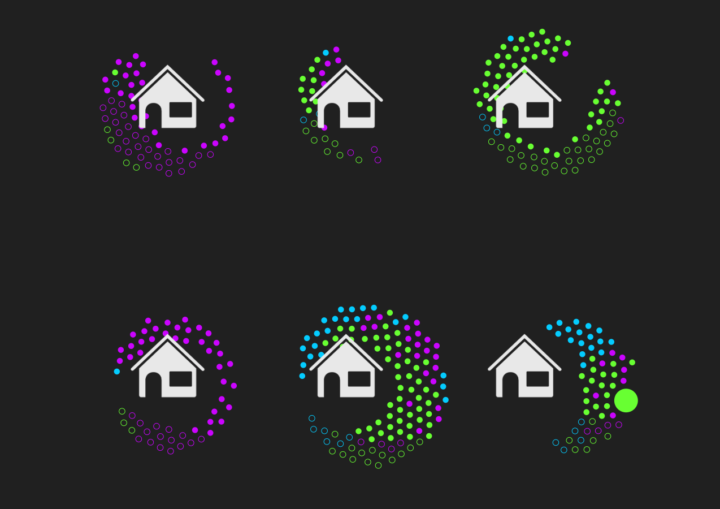
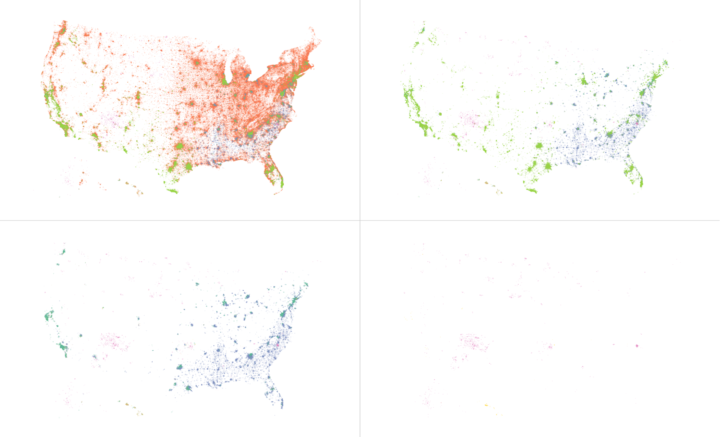
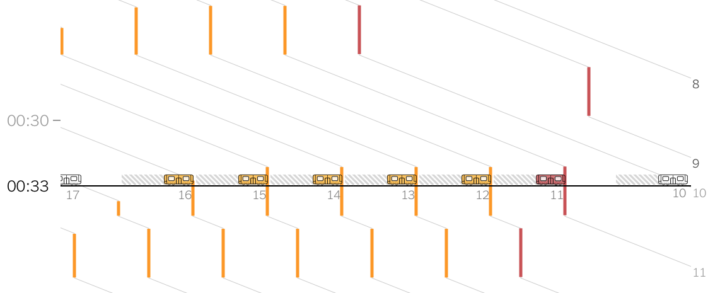
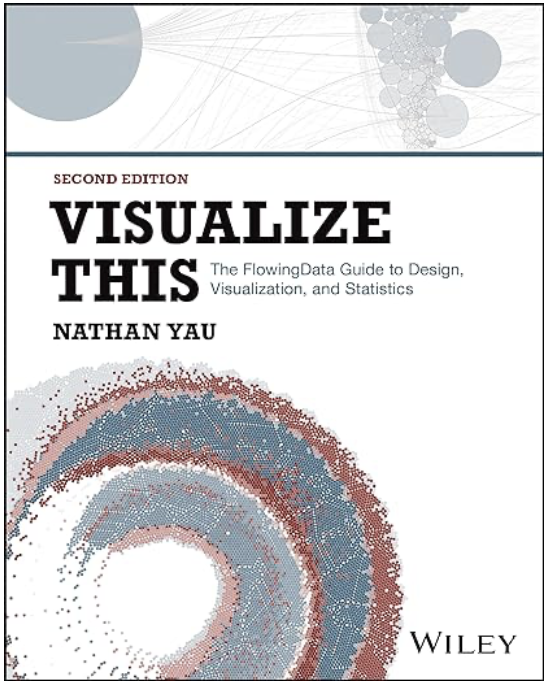 Visualize This: The FlowingData Guide to Design, Visualization, and Statistics (2nd Edition)
Visualize This: The FlowingData Guide to Design, Visualization, and Statistics (2nd Edition)
